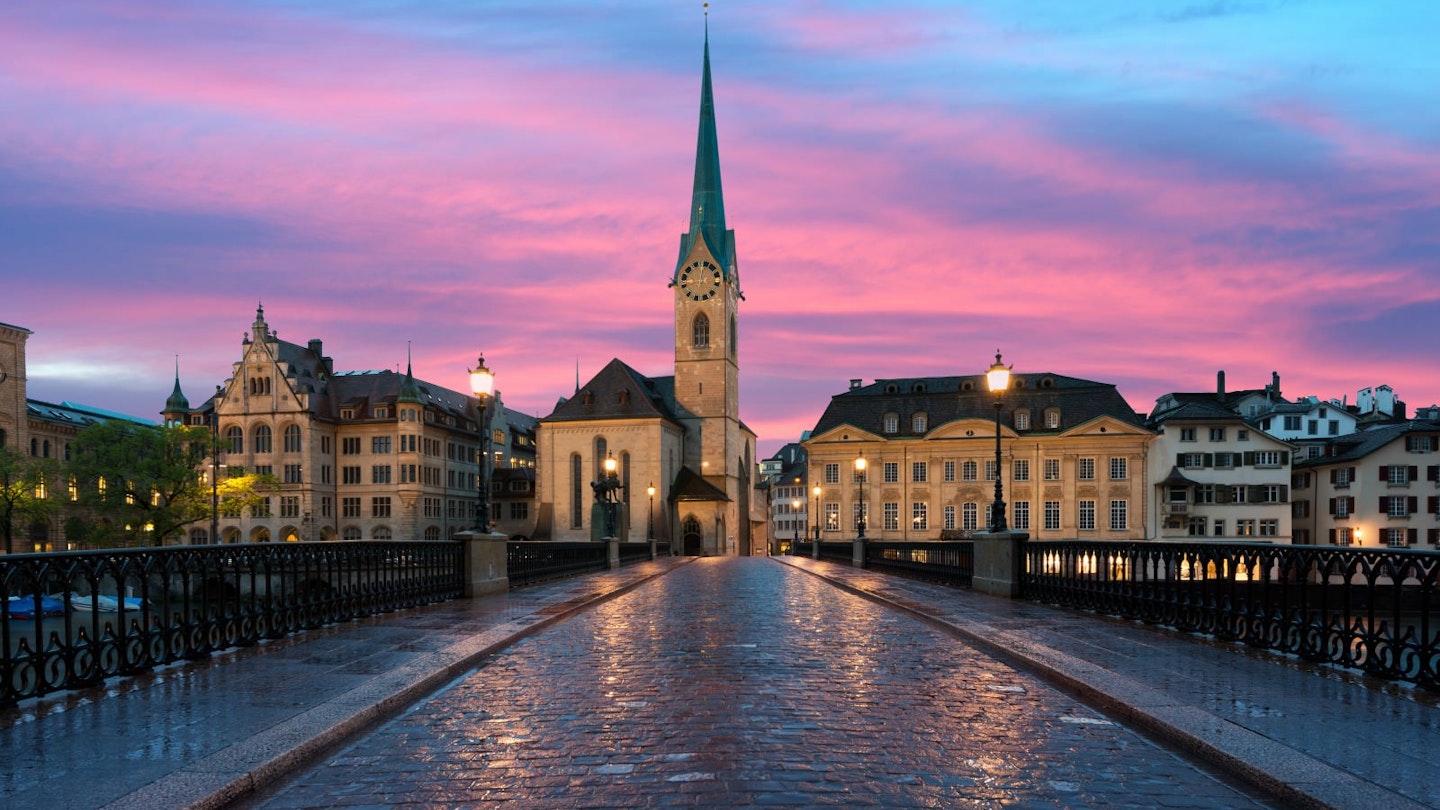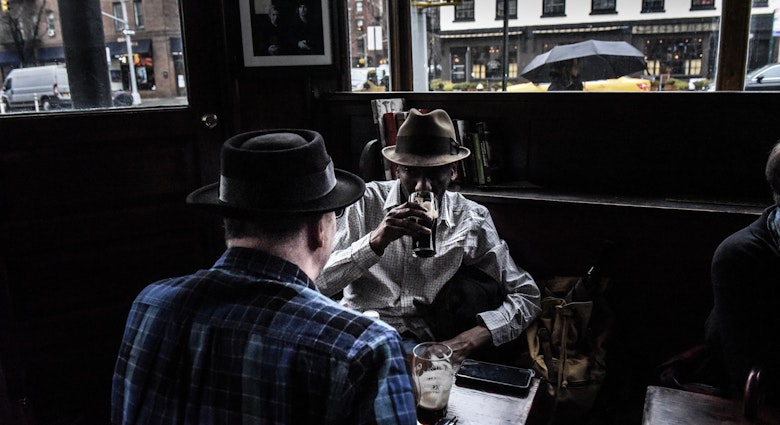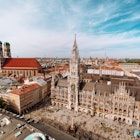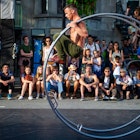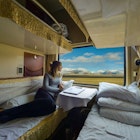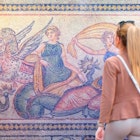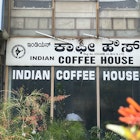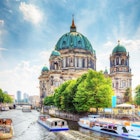The typical images of Switzerland – tick-tocking watches and chocolate-box churches – are all out-of-date clichés. In reality, the modern metropolis and pulsating financial hub of Zürich has more in common with Europe’s more offbeat, avant-garde cities, like Berlin or Barcelona, than many first think.

Beneath the veneer of its squeaky-clean streets, super-efficient tram systems, rigorous banking principles and holier-than-thou Alpine churches lies a somewhat stranger city that is ready to surprise at every turn. Even Swiss farmers outside the city centre encourage brave tourists to saddle up and ride their famous brown dairy cows on a day of cow trekking.
While Zürich is home to more than 50 museums and 100 art galleries, take a crash course in the weirder side of the city at the Moulage Museum, part of University Hospital Zürich. With a collection that dates back to 1917, this small, off-kilter museum exhibits lifelike, 3D wax replicas of skin diseases and body parts. The museum’s moulds enjoy a worldwide reputation, but the strange rooms of preserved faces and limbs feel like something created by the late Swiss surrealist H R Giger – more commonly known as the man who created the apocalyptic, stomach-churning visuals for the Alien, Poltergeist and Prometheus movies. Should you be travelling outside Zürich, the industrial-themed Bar HR Giger, in Giger's hometown of Chur 100km to the south, or the HR Giger Museum in Gruyère are both well worth a side trip.
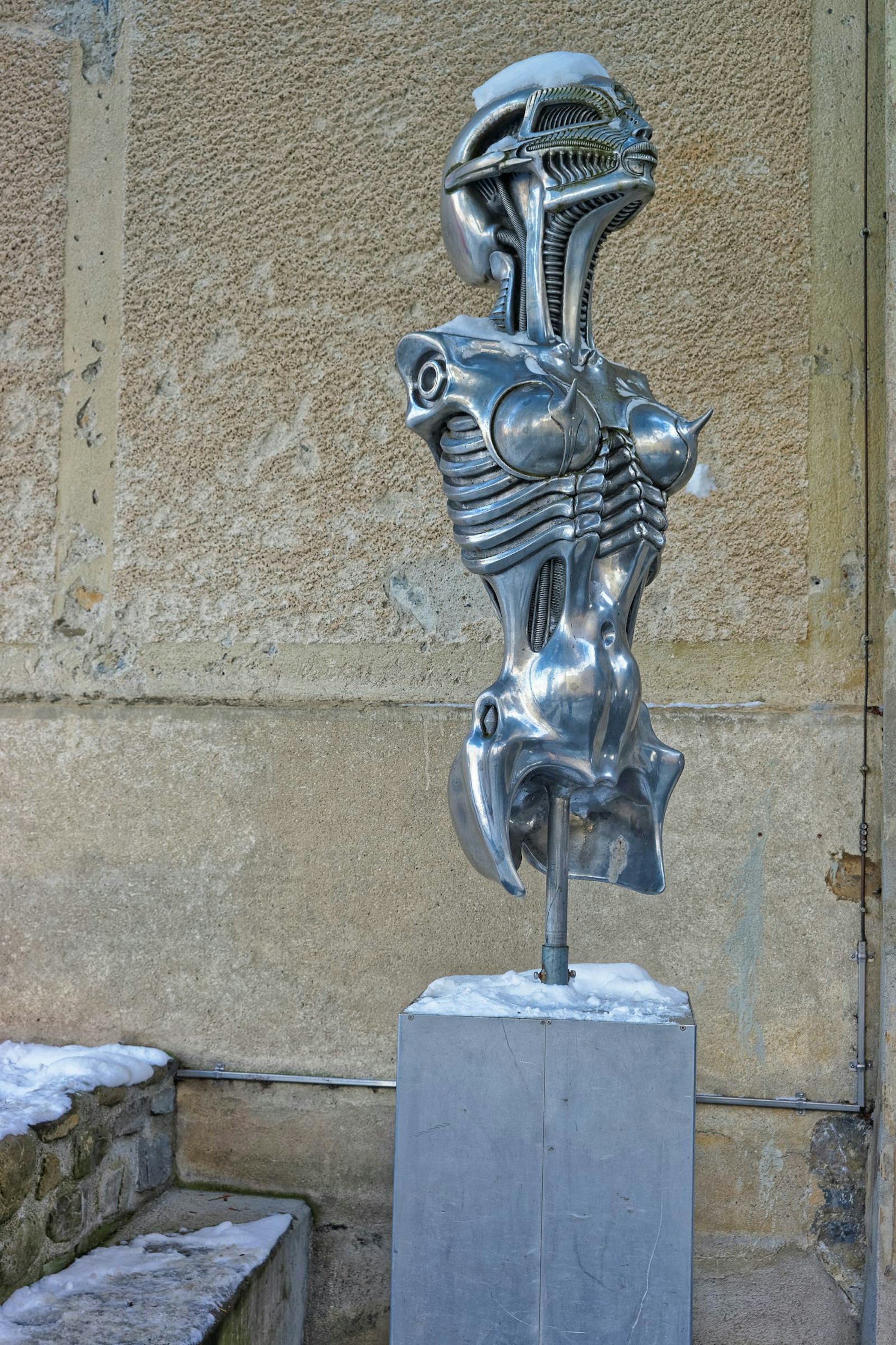
Zürich and its surrounding cantons have a history of strange behaviour. As the founding place of the Dadaist art movement, which rejected reason and logic and championed cultural chaos, Zürich became the centre of the art world in the early 1920s. The movement’s mandate was to make up the rules as it went along, and this ethos lives on at its original base, Cabaret Voltaire, in the heart of the Niederdorf, Zürich’s medieval old town. Today, it is one of Switzerland’s most vibrant contemporary art spaces and home to an unconventional boutique, which over the years has stocked everything from designer adhesive band aids to stylish swine-flu masks and Dada branding irons. It is in the same part of the city that professional English magician and local personality Dan Dent prowls at night during his regular ghost walks. Priced from 15 Swiss francs, he promises to deliver the strangest night you could possibly wish for.

The Swiss are so achingly cool these days that they can even turn recycled junk into must-have fashion items. Cue Freitag, one of the hippest bag and accessory companies in Europe. Inspired by the traffic that hummed through the intersection outside their Zürich flat, the Freitag brothers designed a courier bag made of old truck tarpaulins, used bicycle inner tubes and car seat belts. If the brand’s runaway success was not weird enough, make sure you see the brothers’ flagship store: a 26m-high conceptual structure on Geroldstrasse in the city’s alternative District 5, made out of reclaimed industrial refuse and refurbished shipping containers. The tower's rooftop is open to the public and offers great views over the city’s industrial west. Next door is Hive, a subversive underground nightclub-cum-art collective where you are as likely to purchase an eco-design lamp from its onsite shop as you are to dance until dawn. What's more, by day the dance floor doubles as the much-acclaimed restaurant Geroldchuchi.
It is not just the shops and museums that defy categorisation. For something completely different, walk – or stumble – into Blinde Kuh, the world’s first restaurant in the dark. Often copied but never bettered, Blinde Kuh is as much an assault on the senses as the palate. Set up to offer employment to the blind and partially-sighted, the restaurant has gone far beyond its initial philanthropic premise and is now a gourmet destination in its own right – expect locally-sourced dishes like fried salmon fillet with lemon-walnut pesto and asparagus penne with sun dried-tomato cream.

For a sweeter treat, no visit to Zürich would be complete without an indulgent breather at Sprüngli, a chocolatier on the city’s premier shopping mile Bahnhofstrasse. Despite being the country’s most mouth-watering chocolate shop, the local favourite is the luminous 'Luxemburgerli', a rainbow-coloured macaroon, and if you leave with just a token bar of chocolate, rather than a bright pink, squidgy cream-puff, the Swiss will be the ones calling you weird.
Last updated in January 2018.
